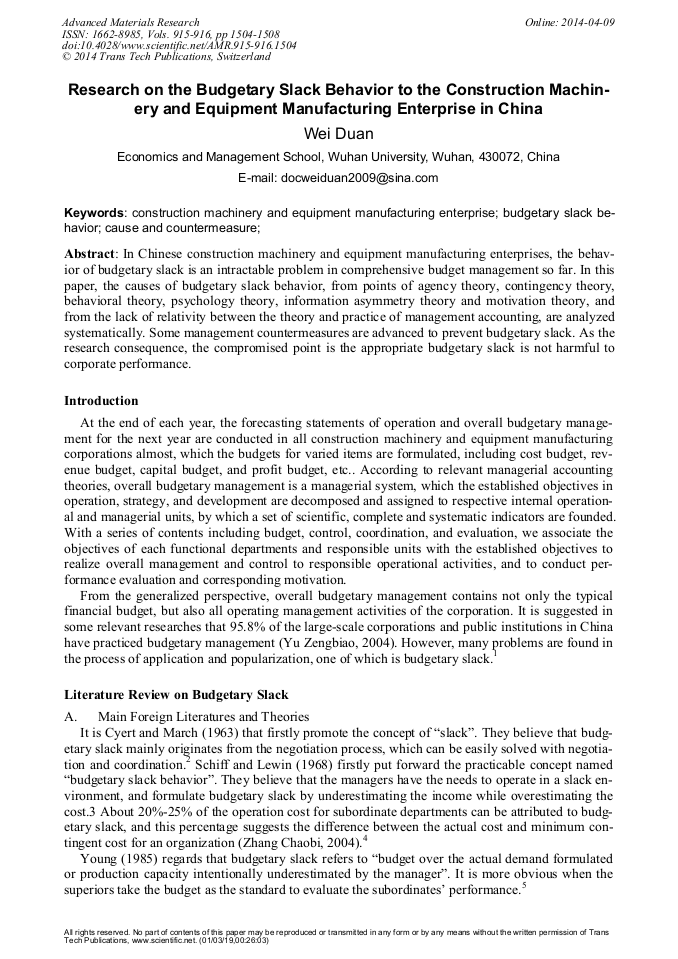
This approach helped frontrunners look at innovative ways to utilize AI for achieving diverse business opportunities, which has started to bear fruit. The financial services industry has entered the artificial intelligence (AI) phase of the digital marathon. Affirm offers a variety of fintech solutions that include savings accounts, virtual credit cards, installment loans and interest-free payments. It aims to equip businesses and consumers with the tools necessary to purchase goods and services. Socure created ID+ Platform, an identity verification system that uses machine learning and AI to analyze an applicant’s online, offline and social data, which helps clients meet strict KYC conditions.
Deloitte Insights Newsletters
- Business units that do their own thing on gen AI run the risk of lacking the knowledge and best practices that can come from a more centralized approach.
- That said, what differentiated frontrunners (figure 7) is the fact that more leading respondents are measuring and tracking metrics pertaining to revenue enhancement (60 percent) and customer experience (47 percent) for their AI projects.
- Indeed, starters would likely be better served if they are cognizant of the risks identified by frontrunners and followers alike (figure 11) and begin anticipating them at the onset, giving them more time to plan how to mitigate them.
- It can also be distant from the business units and other functions, creating a possible barrier to influencing decisions.
- Banks also need to evaluate their talent acquisition strategies regularly, to align with changing priorities.
- The software allows business, organizations and individuals to increase speed and accuracy when analyzing financial documents.
Nikhil focuses on strategic and performance issues facing life, annuity, property, and casualty insurance companies. Prior to joining Deloitte, he worked as a senior research consultant on strategic projects relating to post-merger integration, operational excellence, and market types of liquidity ratios intelligence. We observed a similar pattern in terms of the skills gap identified by different segments in meeting the needs of AI projects (figure 12).

More frontrunners rated the skills gap as major or extreme compared to the other groups. While a higher number of implementations undertaken could partly explain this divergence, the learning curve of frontrunners could give them a more pragmatic understanding of the skills required for implementing AI projects. However, the survey found that frontrunners (and even followers, to some extent) were acquiring or developing AI in multiple ways (figure 9)—what we refer to as the portfolio approach.
Operating-model archetypes for gen AI in banking
Starting purposefully with small projects and learning from pilots can be important for building scale. It is also no surprise, given the recognition of strategic importance, that frontrunners are investing in AI more heavily than other segments, while also accelerating their spending at a higher rate. Close to half of the frontrunners surveyed had invested more than US$5 million in AI projects compared to 27 percent accounting for startups: everything you need to know in 2023 of followers and only 15 percent of starters (figure 5).
We have observed that the majority of financial institutions making the most of gen AI are using a more centrally led operating model for the technology, even if other parts of the enterprise are more decentralized. As market pressures to adopt AI increase, CIOs of financial institutions are being expected to deliver initiatives sooner rather than later. There are multiple options for companies to adopt and utilize AI in transformation projects, which generally need to be customized based on the scale, talent, and technology capability of each organization.
One report found that 27 percent of all payments made in 2020 were done with credit cards. Here’s what real estate firms need to watch out for before they leverage generative AI. This structure—where a central team is in charge of gen AI solutions, from design to execution, with independence from the rest of the enterprise—can allow for the fastest skill and capability building for the gen AI team. Generative AI has gained mainstream acceptance and is increasingly integrating into daily life, but there are limitations and risks to consider. Part 1 of our series, Reinventing Insurance with Generative AI, explores opportunities for insurers and the impact on operations, strategy and ways-of-working. Making the right investments in this emerging tech could deliver strategic advantage and massive dividends.
One year in: Lessons learned in scaling up generative AI for financial services
From our survey, it was no surprise to see that most respondents, across all segments, acquired AI through enterprise software that embedded intelligent capabilities (figure 9). With existing vendor relationships and technology platforms already in use, this is likely the easiest option for most companies to choose. While exploring opportunities for deploying Al initiatives, companies should explore product and service expansion opportunities. This could be kick-started by measuring and tracking outcomes of AI initiatives to the company’s after-tax income top line. Adding AI adoption to sales and performance targets and providing AI tools for sales and marketing personnel could also help in this direction.
Our survey found that frontrunners were more concerned about the risks of AI (figure 10) than other groups. All respondents were required to be knowledgeable about their company’s use of AI technologies, with more than half (51 percent) working in the IT function. Sixty-five percent of respondents were C-level executives—including CEOs (15 percent), owners (18 percent), and CIOs and CTOs (25 percent). Scienaptic AI provides several financial-based services, including a credit underwriting platform that gives banks and credit institutions more transparency while cutting losses. Its underwriting platform uses non-tradeline data, adaptive AI models and records that are refreshed every three months to create predictive intelligence for credit decisions.